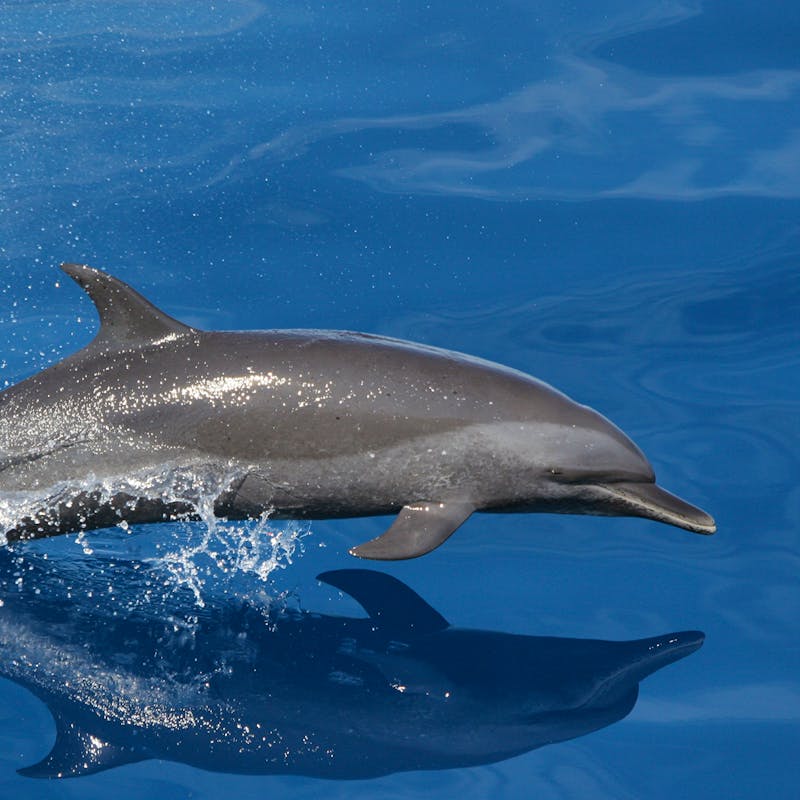Elizabeth Fleming, Florida Representative
It’s summertime here in Florida, and that means sea turtle nesting season is underway! All along our sandy beaches, female turtles are swimming ashore and laying eggs, and their hatchlings are making the mad dash back to the ocean.
Florida’s beaches are globally important for sea turtle nesting. The threatened loggerhead turtle nests in the largest numbers, and nesting of endangered green and leatherback sea turtles has been steadily increasing on Florida beaches. Two other endangered species, Kemp’s Ridley and hawksbill turtles, nest infrequently in the state but live in Florida waters. Overall, nearly 90 percent of sea turtle nesting in the continental United States occurs on Florida’s beaches!
Sea turtles nest in North Carolina through Florida and along the beaches of the northern Gulf of Mexico Nesting season on the Atlantic coast lasts from March through October, and on the Gulf Coast from May through October. Nesting females come ashore at night to dig their nests and lay their eggs, which hatch about 60 days later. The tiny hatchlings emerge from the nest as a group, orient themselves to the brightest horizon, and rush towards it. On natural beaches, the brightest light comes from reflections from the moon and stars over the water, which guide the turtles towards the ocean.
Unfortunately, beachfront lighting from houses, condos, hotels, street lamps and many other sources can disorient hatchlings, as well as adults, and lead them inland instead of toward the ocean. If turtles become stranded on land, their chance for survival diminishes, as dehydration and sun exposure can be fatal, and hatchlings fall prey to birds, crabs and other predators. Adults and hatchlings have even been killed by vehicles in parking lots and roads after becoming confused by artificial lighting.
The good news is, there are many things we can do to make a difference. First and foremost, whether you live in these states or are just visiting them, never disturb sea turtles or nests. During sea turtle nesting season, residents, visitors and businesses in coastal communities should turn out lights visible from the beach or use turtle-friendly lighting that shields, redirects and lowers the intensity of the lighting on the property.

Loggerhead Sea Turtle (Photo: NOAA)
Also, be sure to always properly discard and secure your garbage. Food waste left on the beach or in accessible trash containers attracts predators, such as raccoons, foxes, seagulls and even ants that destroy many tens of thousands of sea turtle eggs and hatchlings every year. Plastic litter like bags and Styrofoam make their way down rivers to the sea and the turtles may mistake this trash for food, causing injury or death. And like plastic trash, helium balloons can end up in the ocean, especially when released near coasts. Sea turtles can become tangled in litter and fishing line on the shore and in the water.
Finally, be sure to remove lawn chairs and other items that can trap nesting and hatchling turtles from the beach when you leave. At home, avoid using harsh chemicals: what you put on your lawn or use to clean your bathroom can actually wash into the water and kill plants and animals, including sea turtles. Find alternative products that are biodegradable. And think twice before eating shrimp, or buy only from reputable sources. Shrimp trawlers are required by federal law to use a turtle excluder device (or TED) in their nets to allow accidentally-captured sea turtles to escape. But one in six shrimp trawlers either disable their TEDs or fail to use them at all.
And anyone who finds eggs, an exposed nest, hatchling sea turtles, or an injured or dead turtle on the beach should contact the state wildlife agency. Do not handle or collect eggs or remove hatchlings from the beach. All such activities require a special permit. In Florida, contact the Florida Fish and Wildlife Conservation Commission at 888-404-FWCC (404-3922).
Joining a conservation group outing to carefully watch sea turtles lay their eggs is an awesome experience one never forgets. Being mindful and making a few small changes can go a long way toward conserving these amazing creatures. Let’s do our best to help them survive and thrive for generations to come.






